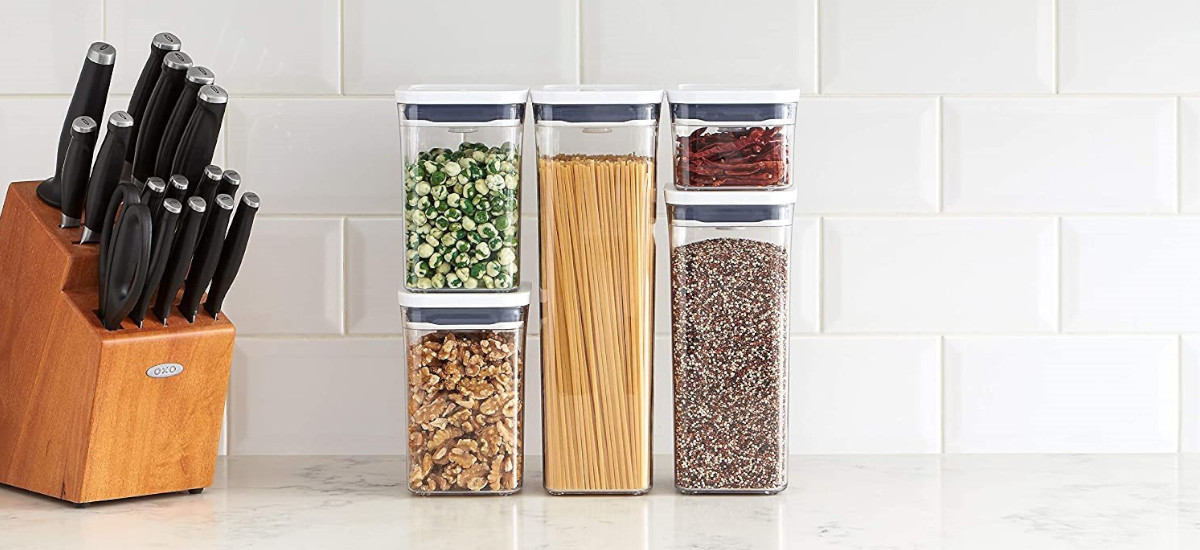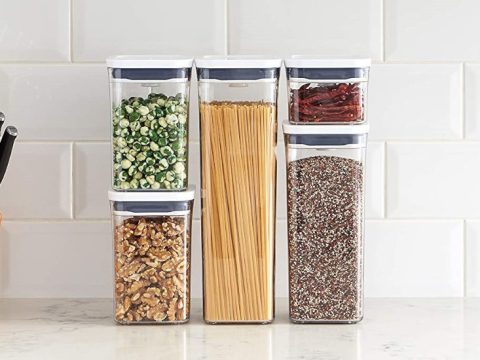Kitchen Organization: Useful Accessories and Expert Tips
Introduction
Appliances, knives, gadgets, pans, jars, decorations—you’re always finding something new for the kitchen, yet you can’t bear to part with the trusty tools you’ve used for years. Here you’ll learn how to keep it all at hand without the clutter, with top tricks and products that maintain order, ease cleaning, and maximize space.
Organizing Cabinets and Countertops
Order in the kitchen is like salt in a dish—you could do without, but everything’s better with it. These solutions work in both small and spacious kitchens:
- Spice racks: Use stackable jars, tiered shelves, or modular boxes to fit your space and spice collection.
- Drawer organizers: Keep everyday utensils (whisks, spatulas, ladles) at the front; store occasional tools (cake server, ice cream scoop, nutcracker) in the back or harder-to-reach spots.
- Vertical storage: Install multi-level dish racks or tiered shelving to make the most of limited counter space.
- Wall mounts and hooks: Easily hang towels, utensils, or small tools to free up countertop room.
- Door-mounted racks: Attach bins inside cabinet doors for trash bags, cleaning supplies, or other loose items.
- Cabinet interior organizers: Use hanging baskets or plate racks to optimize deep shelves and corners.
Organizing the Refrigerator and Freezer
A chaotic fridge hides expired items and wastes food. Remember:
- The top shelf and door are the warmest—store condiments, sauces, and drinks there.
- The bottom shelf is the coldest—reserve it for milk, meat, and dairy.
- Use clear bins to group items by category (jars, yogurts, deli meats, snacks) so you can see what you have at a glance.
- Pro tip: Vacuum-seal foods to extend freshness up to five times longer.
Expert Storage Ideas
These simple tips from chefs and interior designers bring order to your kitchen—and your mind.
1. Use Matching Container Sets
For staples like rice, oats, flour, and sugar, buy a uniform set of storage jars. They stack neatly and create a clean, cohesive look.
2. Label Everything
Write the contents and expiration date on each container. For dry goods, dates are guidelines—if packaging is intact and the food looks and smells fine, it’s usually safe.
3. Expand Beyond the Kitchen
Use adjacent spaces—like a hallway or dining area—with shelving or baskets as a pantry for cans, spices, and bulk items.
4. Hide Small Appliances
Stow small gadgets (sandwich maker, mini-chopper, juicer) behind easily accessible cabinet doors to keep counters clear.
5. Opt for Full-Extension Drawers
Replace lower cabinets with pull-out drawers or install sliding organizers so you can reach every corner without digging.


